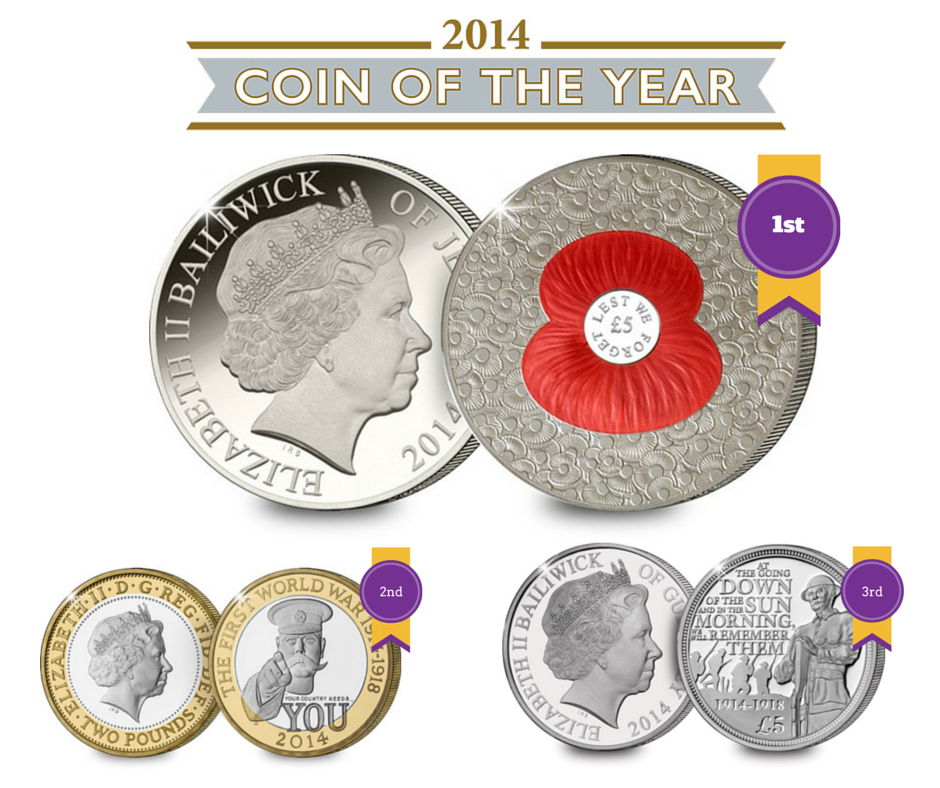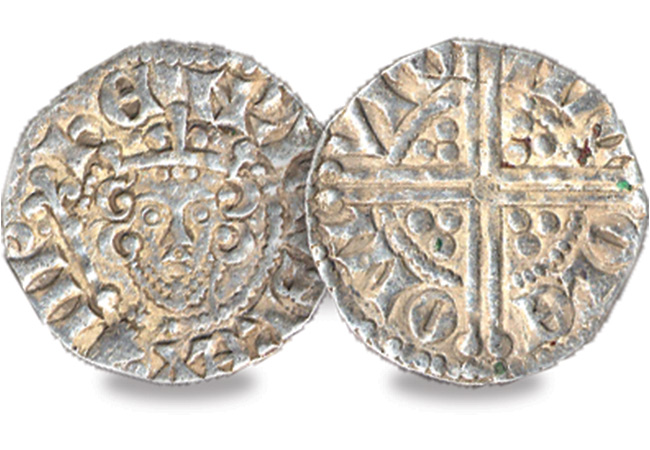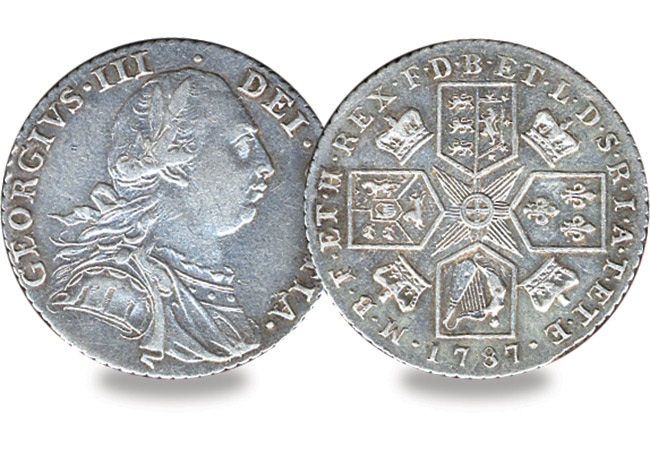The results are in and I can now reveal your top 3 coin designs of the year!
3rd place – The Guernsey 2014 First World War Centenary £5 Coin
2nd Place – The UK 2014 Lord Kitchener £2 Coin
And the winner….
1st Place – The Jersey 2014 ‘100 Poppies’ £5 Coin
Thanks for all your votes! The striking design and the importance of the work of the Royal British Legion combined to make the ‘100 Poppies’ coin a real stand out this year.
Now it’s time to look forward to the new issues for 2015!
If you’re interested…
We still have some stock available of the UK 2014 Lord Kitchener £2 Coin. Click here
We have selected our top ten shortlist of the most popular coin designs of the year – which one is your favourite?
Cast your vote now using the poll at the bottom of the page.
A) The Jersey 2014 70th Anniversary of D-Day £5
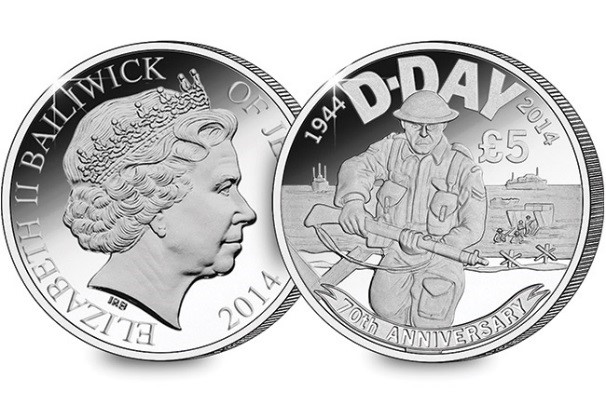
Celebrating 70 years since the heroics of D-Day, this £5 coin from Jersey depicted a soldier landing on the beaches during the epic conflict.
B) The Canada 2014 Royal Generations 1oz Silver Coin
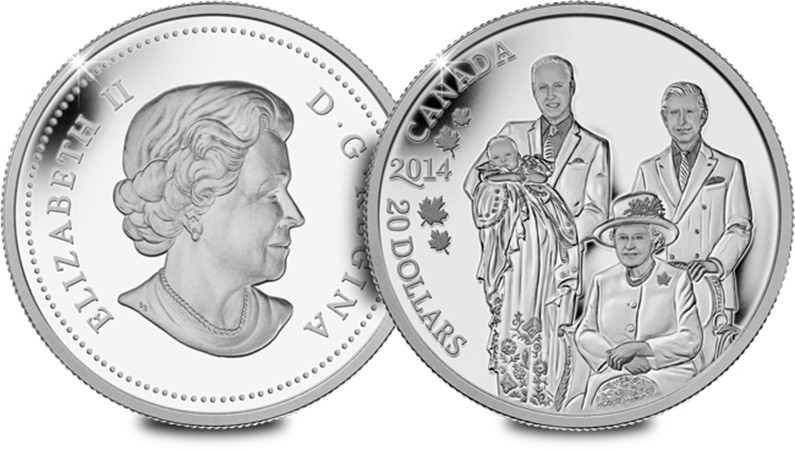
For the first time ever, four generations of the Royal Family were engraved on this Canadian $20 coin. Also of note is the fact that the coin shows the direct line of succession for the throne.
C) The Jersey 2014 ‘100 Poppies’ £5 Coin
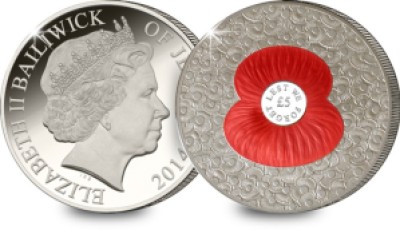
Issued in support of the Royal British Legion, this coin grabbed the headlines with its 100 engraved poppies, one for each year since the outbreak of World War I in 1914.
E) The Guernsey 2014 First World War Centenary £5 Coin

Issued to commemorate the Centenary of World War I, this emotive coin from Guernsey features lines from Laurence Binyon’s famous poem ‘For the Fallen’ alongside a uniformed soldier.
F) The UK 2014 Commonwealth Games 50p
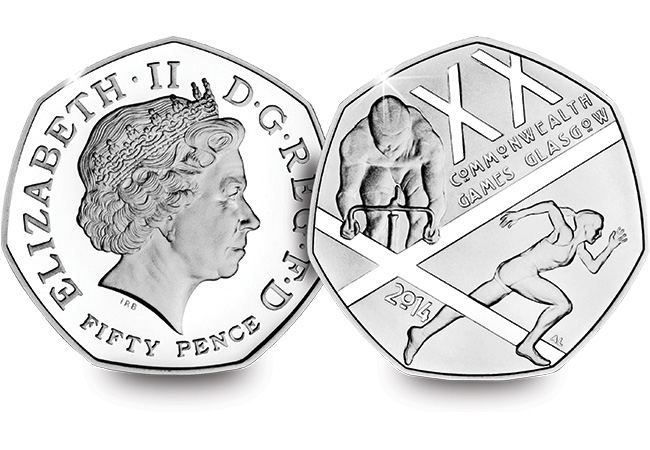
In July the Commonwealth Games was held in Glasgow – and the nation really got behind ‘the friendly games.’ The Royal Mint issued this 50p featuring a runner and a cyclist alongside text in the ‘arts and crafts’ style.
G) The Cook Islands 2014 Moldavite Meteorite Impact Coin
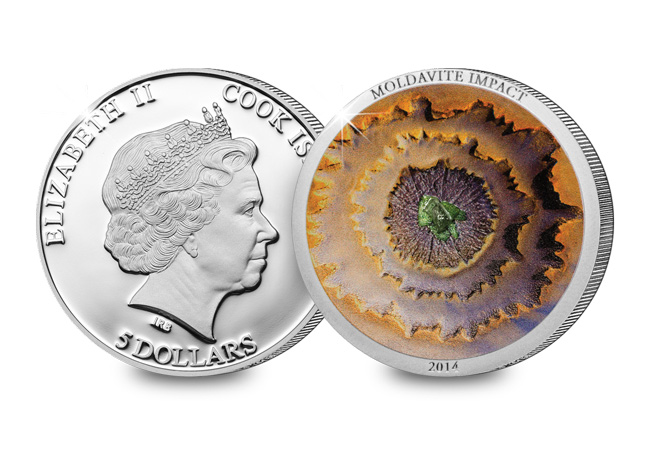
Surely one of the most innovative coins of the year – this remarkable concave coin features a real piece of Moldavite – a mineral created during a meteorite collision with the Earth millions of years ago.
H) The UK 2014 ‘Year of the Horse’ Silver Coin
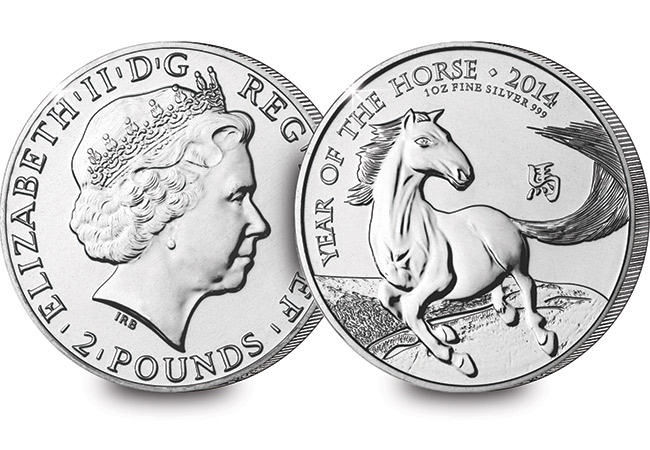
In 2014 the Royal Mint decided to copy the other established mints of the world and introduce a ‘lunar’ coin, principally for export to China. An unusual departure for our coinage, it’s nonetheless an energetic and lively depiction of a horse.
I) The Cook Islands 2014 Tyrannosaurus Rex Coin
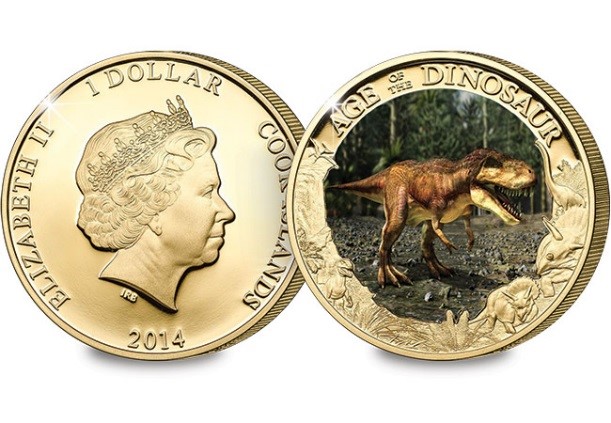
Containing a hidden secret, this photographic T-Rex coin reveals the skeleton of the dinosaur when a UV light is shone over the surface.
J) The Guernsey 2014 Reflections of a Reign Coronation Coin

Looking back at some of the key moments of Queen Elizabeth II’s reign, this Guernsey coin features an engraving of the young Queen, alongside a full colour photograph of her Coronation ceremony.
K) The UK 2014 Lord Kitchener £2 Coin
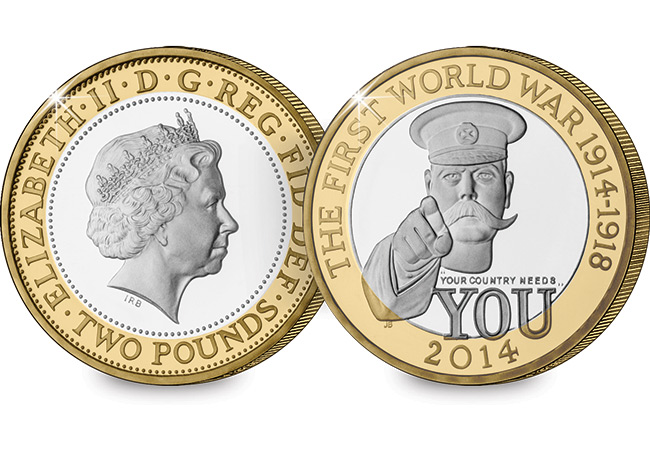
One of the most talked about coins of the year, this British £2 coin reproduced the iconic ‘Your Country Needs You’ poster which symbolised the early years of the First World War.
Cast your vote now!
British coinage has had its fair share of controversy over the years, but there are 5 coins that really stand out – each with a fascinating story behind them…
1. 1247–1272 Henry III Long Cross Penny
The Clipped Coin
The practice of ‘clipping’ gold or silver coins has long proved irresistible for a few enterprising individuals who want to get more than they deserve for their money. The practice was most prevalent on hammered coins, with their already irregular shape masking the intended deception. A fraudster would clip or shave off a tiny section of a coin, then attempt to pass off the tampered coinage as original.
Over the months, the tiny clippings of gold and silver could well amount to a decent sum, whilst leaving the exchequer out of pocket. Successive monarchs and governments tried to stem the practice, with varying success – the harshest punishment being the death penalty. The Henry III ‘Long Cross’ Silver Penny is one of the most innovative examples of fraud prevention – the traditional short cross design on the reverse of the coin was extended to reach the edge of the coin – immediately making it obvious when a coin had been clipped.
2. 1729–1754 George II Halfpenny
The Hangman’s Wages
How much was a hangman paid? Well, back when Tyburn was one of the most notorious locations in Britain it was 13½d. Situated at the end of what is now Oxford Street near Marble Arch in London, Tyburn was for centuries the home of capital punishment in England. The ‘Tyburn Tree’ – a triangular gallows – was used for executions right up until 1783.
Various sources suggest the Hangman’s fee for an execution was 13 pence, however the actual amount that changed hands was 13½d – the extra halfpenny was for the rope. Two of the most notable executions conducted at Tyburn were James ‘The Gentleman Highwayman’ MacLaine and Oliver Cromwell, whose dead body was exhumed and hanged again as an act of revenge by the Cavalier Parliament.
3. 1787 George III Shilling
The King’s Shilling
It is the stuff of legend that Royal Navy press gangs would try any means to get potential recruits to ‘take the King’s Shilling’ – the signing up bounty for new sailors.
Acceptance of the shilling was deemed to be a commitment to recruitment in the King’s service, and as the dreadful food, harsh labour and risk of death did not appeal to many the coin was often surreptitiously dropped in a ‘free’ pint and handed over, which led to the creation of glass-bottomed tankards.
4. 1849 Queen Victoria Florin
The Godless Florin
For hundreds of years, right up until the present day, Britain’s coinage has been diligently pious – except for one notorious occasion. Each coin features a range of different Latin inscriptions, but all coinage features the full text or an abbreviation of Dei Gratia, Fidei Defensor – ‘by the Grace of God, Defender of the Faith’ – reference to the Monarch’s position as head of the Church of England.
However, in 1849 a new silver coin – the Florin – was introduced and this inscription was left off, with just Victoria Regina 1849 on the obverse. Despite the exceptional design of the coin, there was an immediate outcry from the strongly religious Victorians and the coin gained the nickname ‘the Godless florin’. It was even suggested that an outbreak of Cholera that year was the act of a vengeful God, visiting death upon the British population as revenge for leaving Him off the new coin. Suffice to say, after Queen Victoria herself complained, the coin was replaced, and remains to this day one of the most infamous one-year-only coin designs in British numismatic history.
5. The Barmaid’s Ruin
1887–1890 Queen Victoria Double Florin
Introduced in 1887, the year of Queen Victoria’s Golden Jubilee, the double florin was for many an unwanted addition to British currency. The real reason for its introduction is disputed, nevertheless it became Britain’s second ‘decimal’ coin, just 2mm smaller in diameter than the familiar Crown yet worth a shilling less.
The unintended consequence was that a significant number of unscrupulous rogues tried to pass the coin off as a Crown, with naïve barmaids apparently the most susceptible to the deception. Anecdotal evidence suggests more than a few barmaids lost their livelihood on the grounds that they were losing the tavern owners money, hence the nickname Barmaid’s Ruin.
 Want to secure all five infamous coins today?
Want to secure all five infamous coins today?
The Westminster Collection have a limited number of complete sets available.
NOW SOLD OUT

